
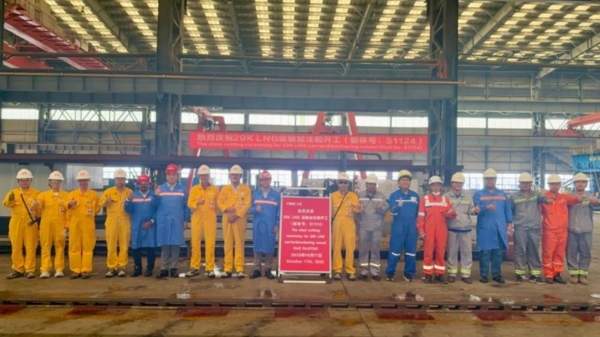
|
Avenir LNG begins construction of second 20,000 cbm bunkering vessel in China
Steel cutting ceremony marks start of construction for Hull S1124 at Nantong CIMC facility. |
|
|
|
||
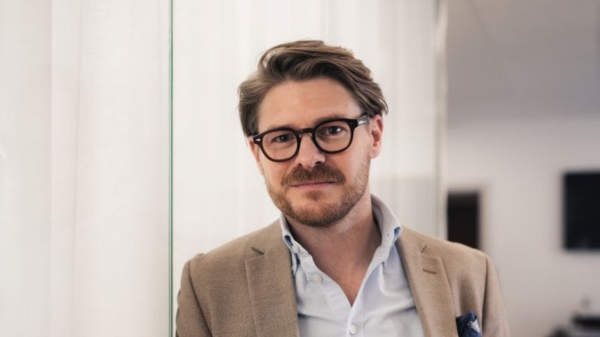
|
Scanocean completes first carbon inset transaction in new environmental service
Bunker seller launches service enabling shipowners to use biofuels while cargo owners purchase emissions reductions. |
|
|
|
||
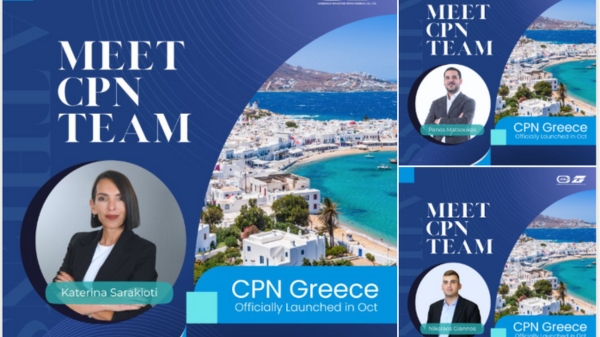
|
Chimbusco expands bunker trading operations to Greece
Marine fuel trader establishes Greek office with three-person team led by veteran trader. |
|
|
|
||
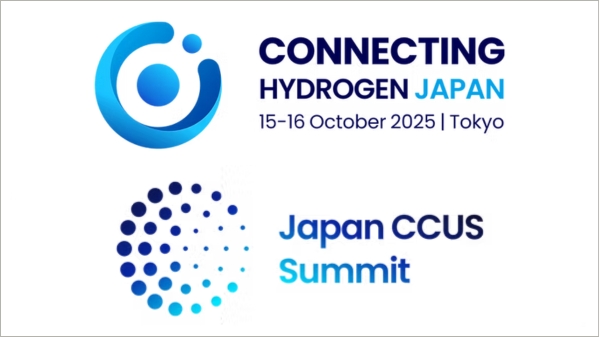
|
MOL executive calls for development of ammonia bunkering infrastructure
Carbon solution specialist stresses the need to improve ammonia supply chains and safety protocols. |
|
|
|
||
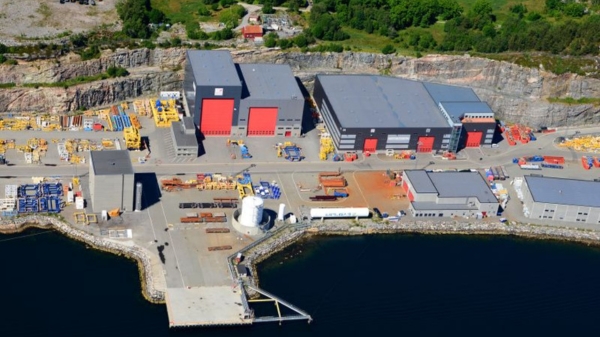
|
Molgas and NorSea Logistics reopen LNG facility in Kristiansund
The reopened facility will supply LNG and bio-LNG to dual-fuel vessels operating in Norwegian waters. |
|
|
|
||
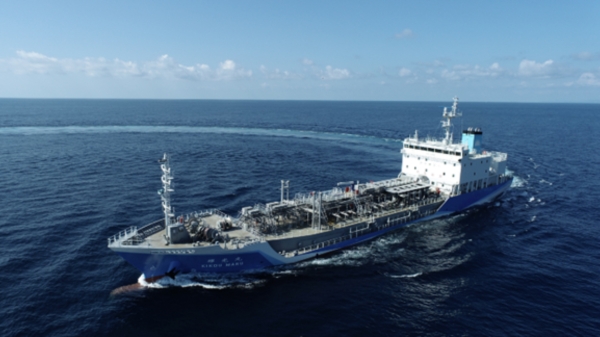
|
Hydrogen-fuelled tanker achieves top rating in zero-emission programme
Kikou Maru becomes first coastal vessel to secure financing under DBJ-ClassNK decarbonisation initiative. |
|
|
|
||
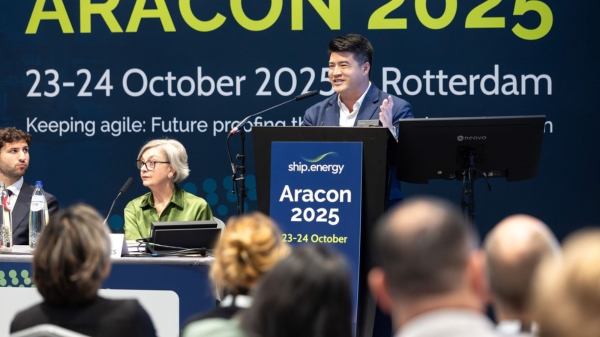
|
TFG Marine calls for ISO 22192 alignment in ARA MFM rollout
Company urges consistency as Rotterdam and Antwerp prepare mass flow meter implementation. |
|
|
|
||
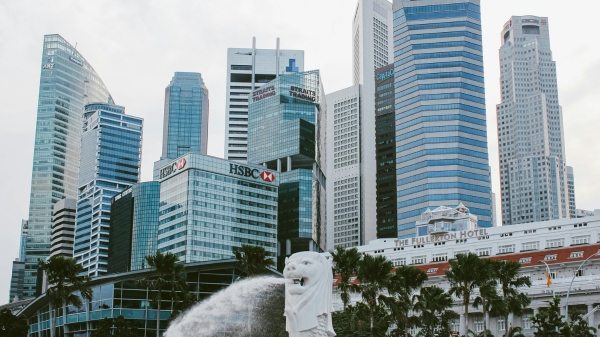
|
Peninsula renews $400m Singapore credit facility as part of $1.5bn funding capacity
Bunker supplier extends banking arrangement with eight-bank syndicate, including accordion option. |
|
|
|
||
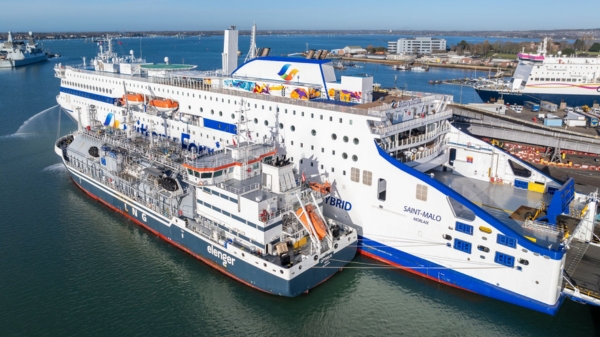
|
Titan delivers first liquefied biomethane to Saint-Malo ferry in Portsmouth
Optimus tanker supplies Brittany Ferries' vessel with biomethane at UK port. |
|
|
|
||
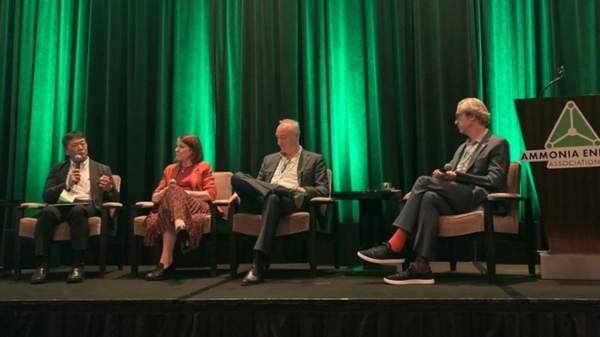
|
MOL outlines ammonia fuel strategy at Houston conference
Japanese shipping company discusses terminal acquisition and dual-fuel vessel plans at industry gathering. |
|
|
|
||
| No upfront payment for fuel-saving retrofits [News & Insights] |
| Option to buy 40 scrubbers in 2015 [News & Insights] |
| VLGC fitted with exhaust gas cleaning system [News & Insights] |
| Scrubber technology for Stena Forerunner [News & Insights] |
| US government grants pollution law exemption to Royal Caribbean [News & Insights] |
| Royal Caribbean to retrofit 19 ships with scrubbers [News & Insights] |